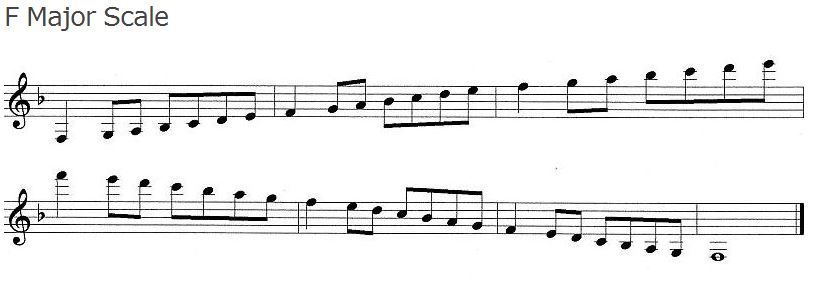

The A and B ♭ clarinets have nearly the same bore and nearly identical tonal quality, although the A typically has a slightly warmer sound.

The clarinet's cylindrical bore is the main reason for its distinctive timbre, which varies between the three main registers (the chalumeau, clarion, and altissimo).

Ī person who plays the clarinet is called a clarinetist (in North American English), a clarinettist (in British English), or simply a clarinet player. The English form clarinet is found as early as 1733, and the now-archaic clarionet appears from 1784 until the early 20th century. The earliest mention of the word clarinette being used for the instrument dates to a 1710 order placed by the Duke of Gronsfeld for two instruments made by Jacob Denner. The word is related to Middle English clarion, a type of trumpet, the name of which derives from the same root. The word clarinet may have entered the English language via the French clarinette (the feminine diminutive of Old French clarin), or from Provençal clarin ("oboe"), originating from the Latin root clarus ("clear"). Today the clarinet is a standard fixture of the orchestra and concert band and is used in classical music, military bands, klezmer, jazz, and other styles. Over time, additional keywork and airtight pads were added to improve the tone and playability. German instrument maker Johann Christoph Denner is generally credited with inventing the clarinet sometime after 1698 by adding a register key to the chalumeau, an earlier single-reed instrument. The B ♭ soprano clarinet is the most common type, and is the instrument usually indicated by the word "clarinet". The clarinet family is the largest woodwind family, ranging from the BB♭ contrabass to the E♭ soprano. The clarinet is a single-reed musical instrument in the woodwind family, with a nearly cylindrical bore and a flared bell.Ĭlarinets comprise a family of instruments of differing sizes and pitches.


 0 kommentar(er)
0 kommentar(er)
